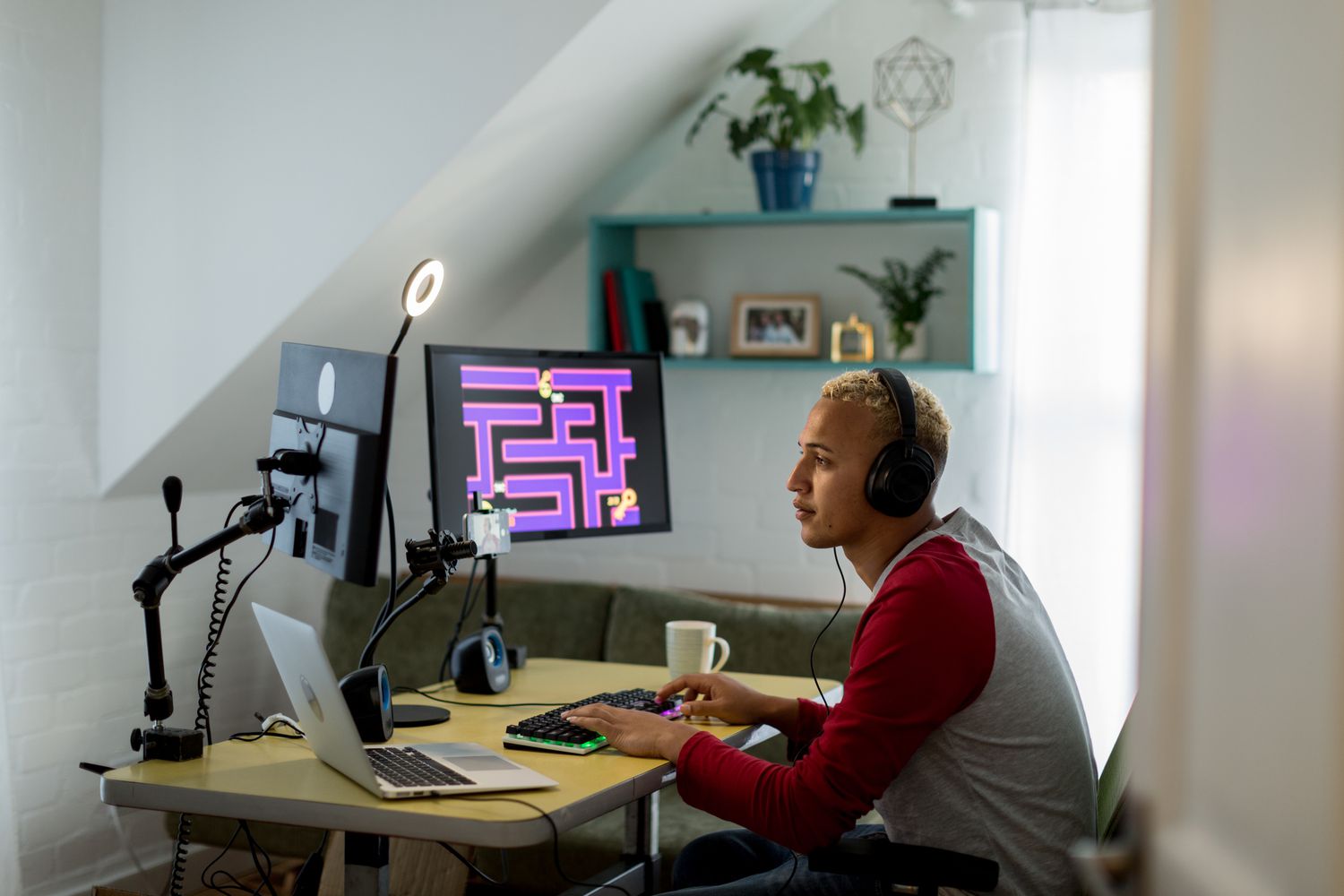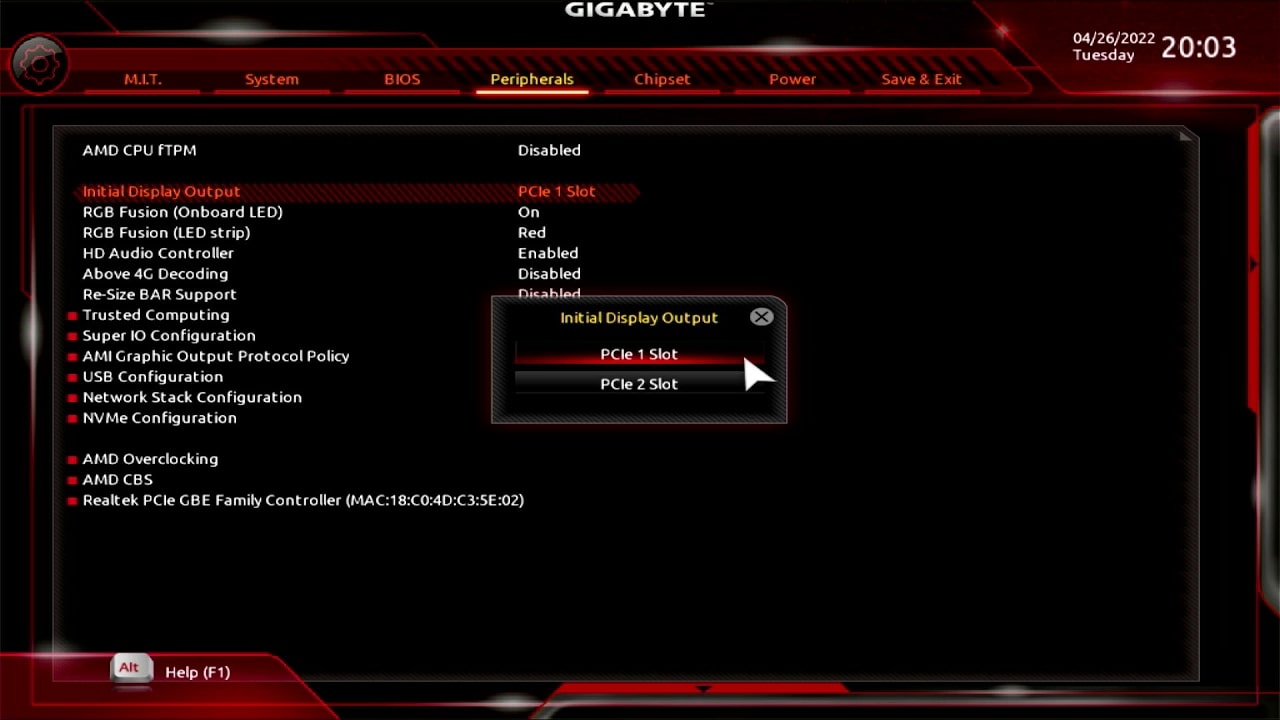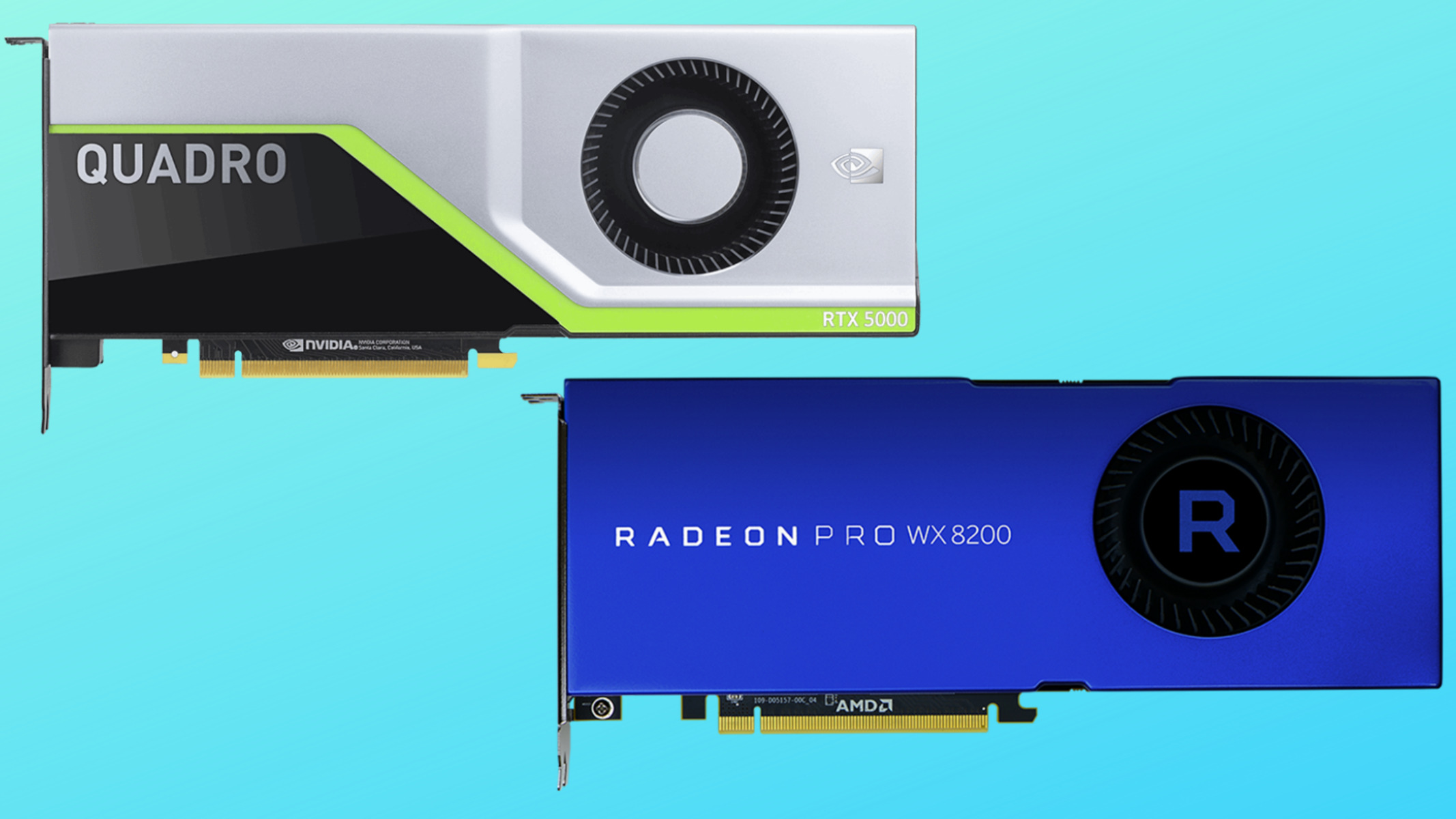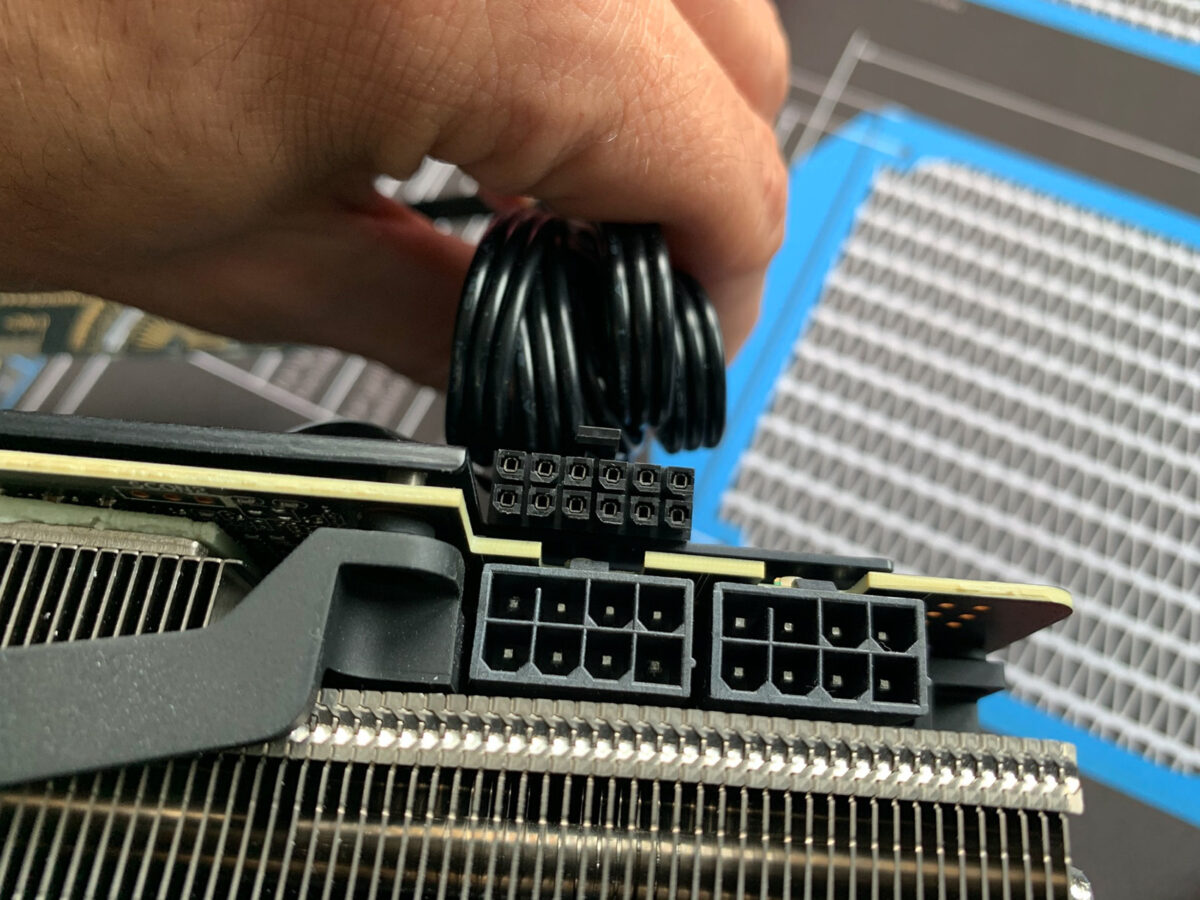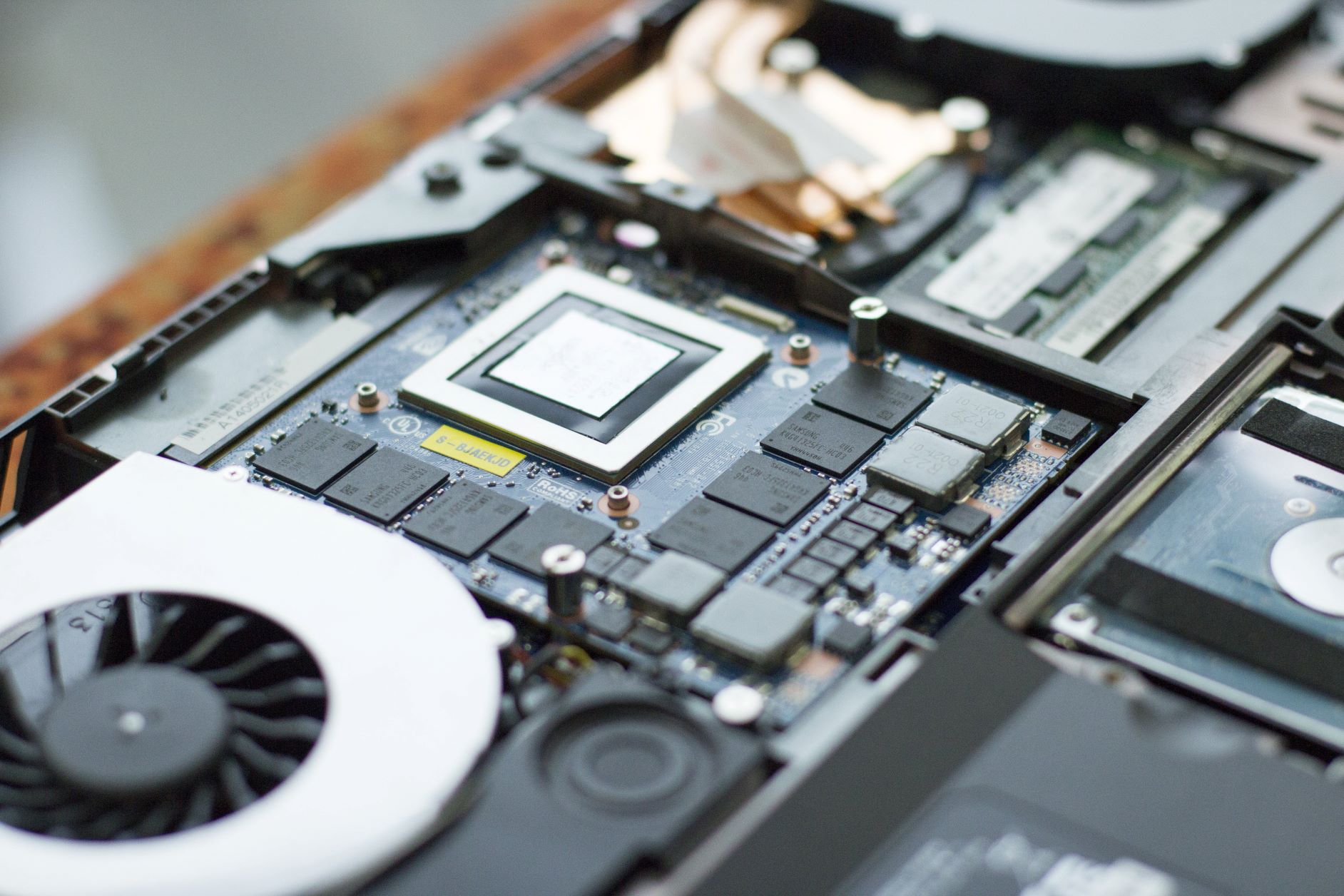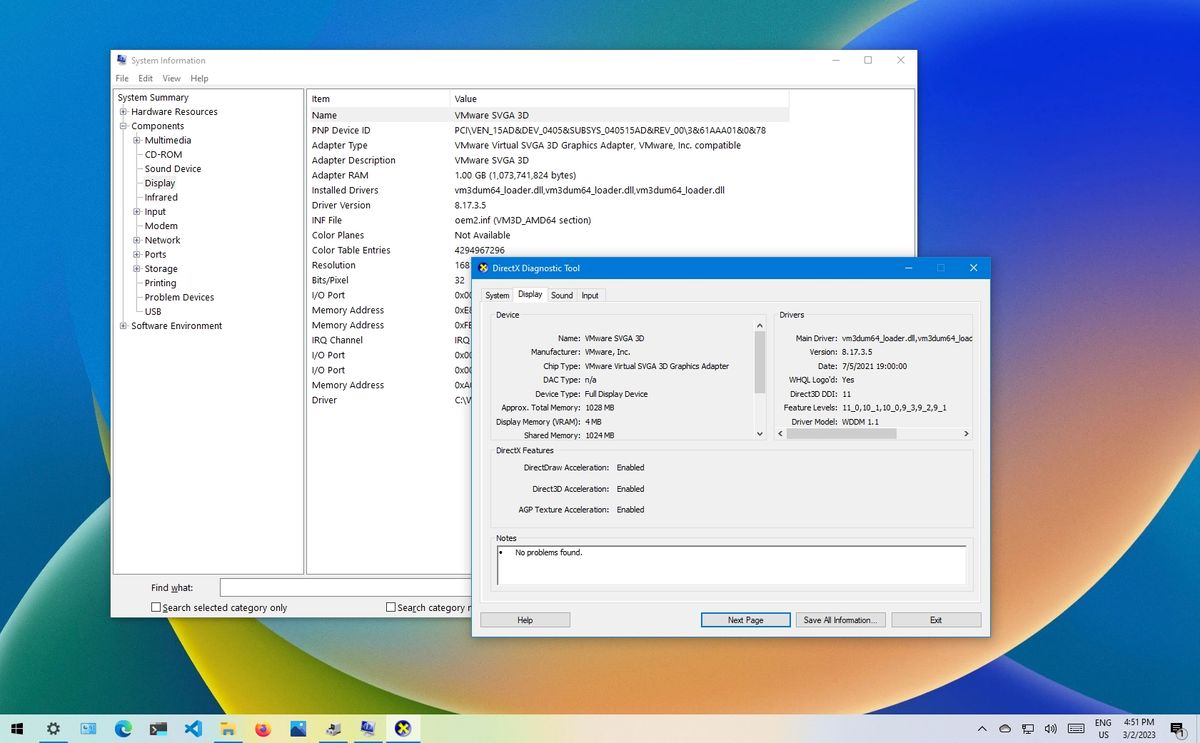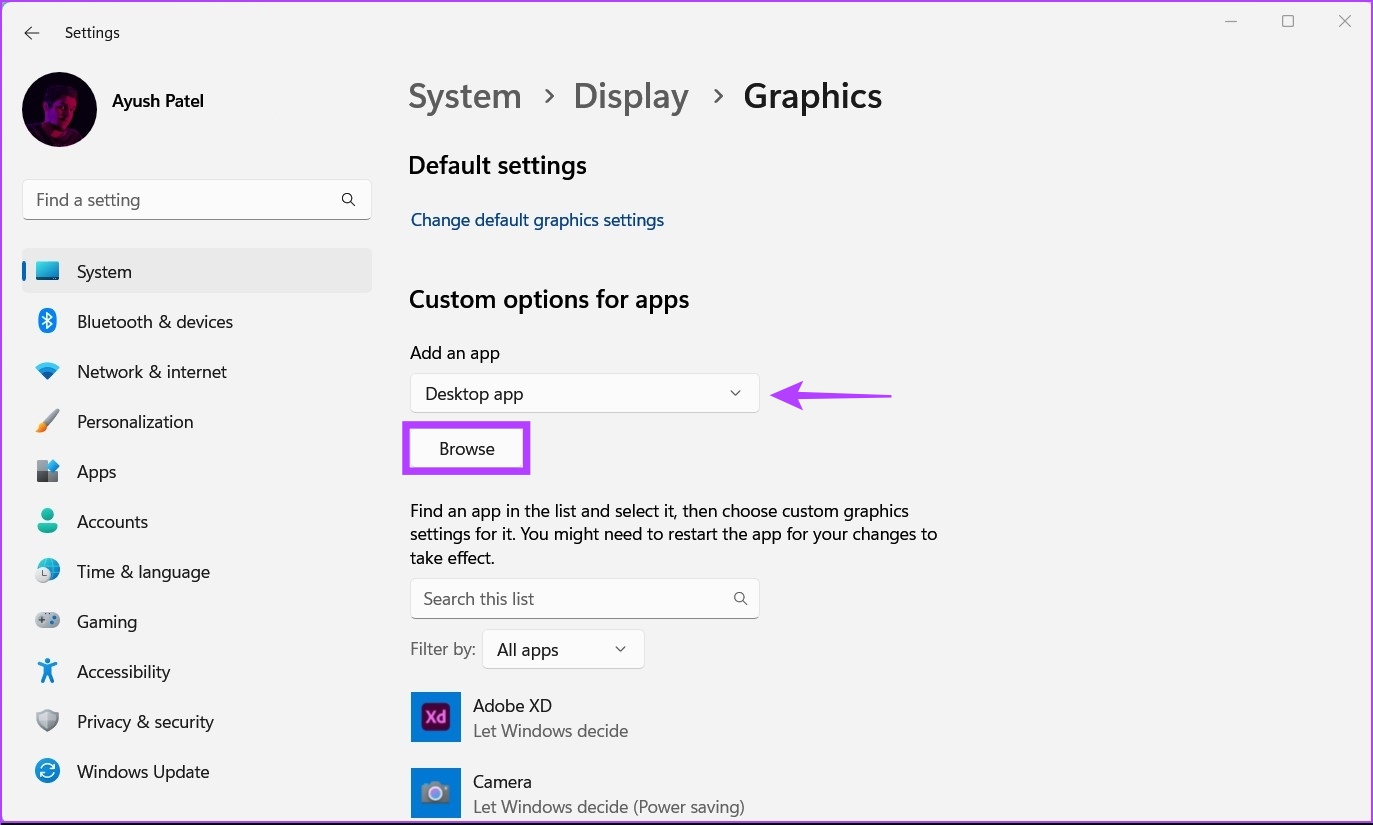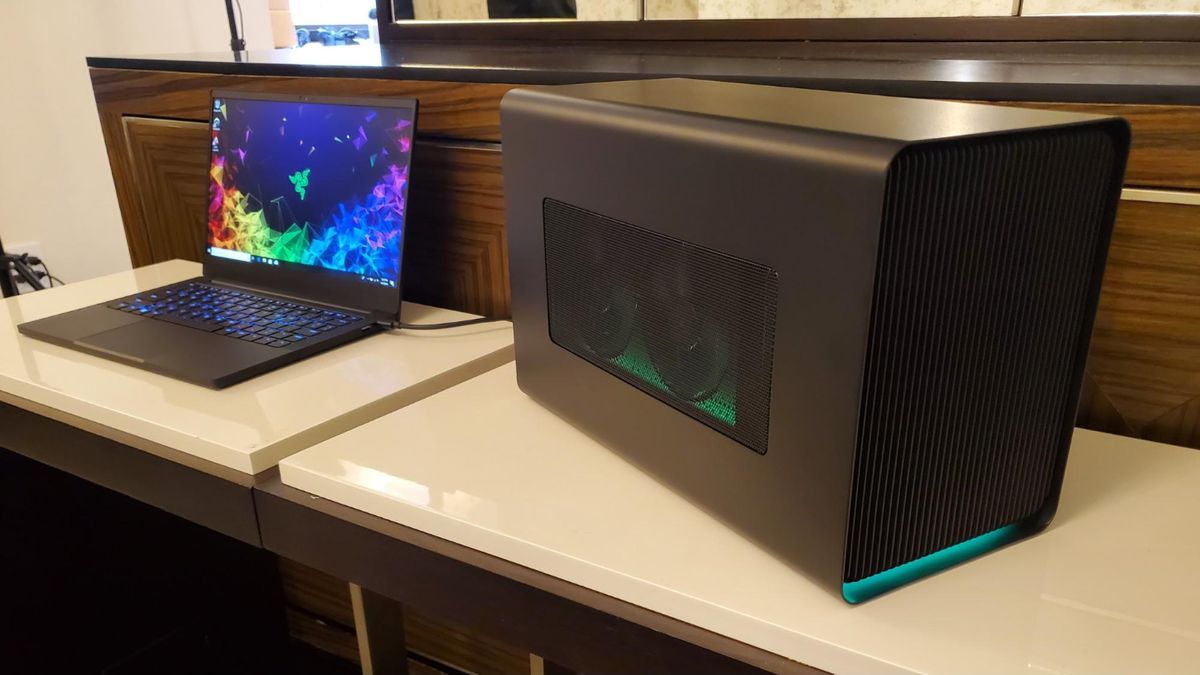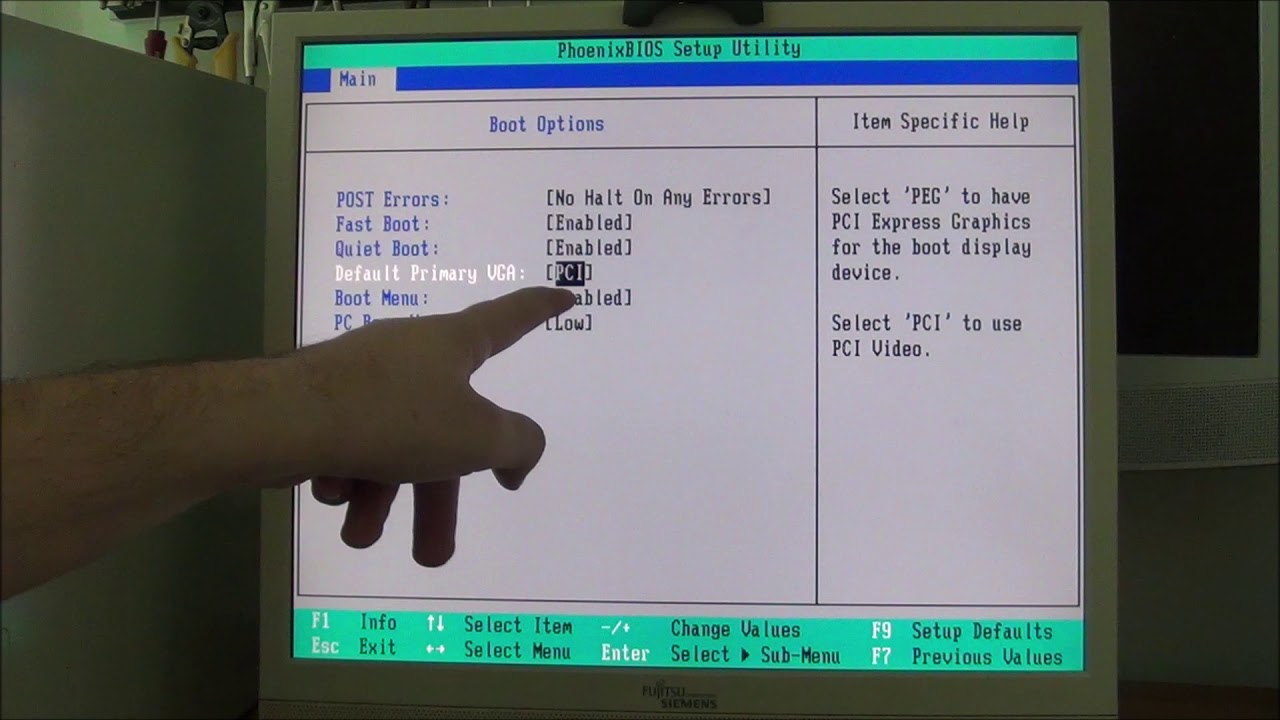Introduction
The graphics card is a crucial component in any computer system, especially for gaming or graphic-intensive tasks. It is responsible for rendering images, videos, and animations and plays a significant role in delivering a smooth and visually appealing experience. However, there may be instances when you encounter issues or doubts about the functionality of your graphics card.
Fortunately, there are several methods you can use to determine if your graphics card is working properly. In this article, we will explore different techniques that allow you to check the status and performance of your graphics card. Whether you are troubleshooting a problem or simply want to ensure that your system is running at its best, these methods will help you assess the functionality of your graphics card and take steps to resolve any issues.
Before we dive into the different methods, it is important to note that the instructions provided may vary slightly depending on your operating system. Additionally, it is always a good practice to backup your data and create a system restore point before making any significant changes to your system. This will allow you to revert back in case any unexpected issues arise during the troubleshooting process. With that said, let’s explore how to check if a graphics card is working.
System Requirements
Before you begin checking the status of your graphics card, it’s essential to ensure that your system meets the necessary requirements for performing these tests effectively. Here are some of the key system requirements you should take into consideration:
- Operating System: Make sure you have a compatible operating system such as Windows 10, macOS, or Linux. Different methods may have specific requirements regarding the operating system version, so be aware of that.
- Graphics Card Drivers: Ensure that you have the latest drivers installed for your graphics card. These drivers are typically provided by the graphics card manufacturer and are essential for the proper functioning of the card.
- Diagnostic Tools: Some methods for checking the graphics card may require specific diagnostic tools or software. Make sure you have these tools installed or available for use.
- Application or Game: Certain tests involve running a high-demanding application or game to evaluate the performance of your graphics card. Choose an application or game that is known for its graphics-intensive requirements.
- Hardware Support: Depending on the method you choose, there may be certain hardware requirements, such as a stable power supply or a compatible monitor, that need to be met.
By ensuring that your system meets these requirements, you can proceed with confidence when performing the methods to check if your graphics card is working. This will help you avoid any unnecessary complications or inaccurate results during the testing process.
Method 1: Check Device Manager
Device Manager is a built-in Windows utility that allows you to view and manage the hardware devices installed on your computer. It can be a useful tool to verify the presence and status of your graphics card. Here’s how you can check your graphics card using Device Manager:
- Open the Device Manager by right-clicking on the Start menu and selecting “Device Manager” from the drop-down menu.
- In the Device Manager window, expand the “Display adapters” category to view the list of display devices installed on your system.
- Your graphics card should be listed under this category. The name of the graphics card may vary depending on the manufacturer and model you have installed.
- Double-click on the graphics card entry to open its properties.
- In the properties window, you can see the status of your graphics card. If it is working properly, you should see a message indicating that “This device is working properly.” If there are any issues with the graphics card, you may see an error message or a warning symbol indicating a problem.
Checking the Device Manager is a quick and easy way to determine if your graphics card is recognized and functioning correctly. However, it is important to note that while Device Manager can indicate if there are any driver or compatibility issues, it may not provide detailed information on the overall performance or capabilities of your graphics card. For a more comprehensive assessment, you may want to explore other methods mentioned in this article.
Method 2: Use DirectX Diagnostic Tool
The DirectX Diagnostic Tool is a built-in utility in Windows that provides detailed information about your system’s DirectX capabilities, including your graphics card. It can be a helpful tool to assess the functionality and performance of your graphics card. Here’s how you can use the DirectX Diagnostic Tool:
- Press the Windows key + R to open the Run dialog box. Type “dxdiag” and press Enter.
- The DirectX Diagnostic Tool window will open, displaying information about your system.
- Navigate to the “Display” tab, where you can find information about your graphics card, including the manufacturer, model, driver version, and current display settings.
- Under the “Device” section, you can see if any problems have been detected with your graphics card. If there are no problems mentioned, it indicates that your graphics card is working properly. Otherwise, you may see error messages or warnings.
- You can also run several tests available within the DirectX Diagnostic Tool to further assess your graphics card’s performance. These tests include checking 3D rendering capabilities, testing DirectDraw functionality, and more. These tests can help you identify any potential issues or limitations of your graphics card.
Using the DirectX Diagnostic Tool provides you with detailed information about your graphics card and allows you to run tests to evaluate its performance. By examining the results and ensuring that your graphics card is functioning as expected, you can address any potential issues and optimize the performance of your system.
Method 3: Run 3D Graphics Benchmarking Software
Running 3D graphics benchmarking software is an effective way to evaluate the performance and capability of your graphics card. These specialized programs stress-test your graphics card by rendering complex 3D scenes and measuring the frames per second (FPS) and overall stability. Here’s how you can use 3D graphics benchmarking software to check if your graphics card is working properly:
- Research and select a reputable 3D graphics benchmarking software that is compatible with your operating system and graphics card.
- Download and install the benchmarking software on your system.
- Launch the benchmarking software and follow the instructions to run the benchmark test. These tests typically involve rendering visually intensive scenes and measuring the performance metrics of your graphics card.
- After the benchmark test is complete, you will be provided with a detailed report that includes information such as average FPS, maximum FPS, and other performance indicators.
- Compare the results of your benchmark test with the average scores for your graphics card model. If your card performs within the expected range, it indicates that your graphics card is working properly. However, if the results are significantly lower than expected, it may indicate an issue with your graphics card.
Running 3D graphics benchmarking software offers a comprehensive assessment of your graphics card’s performance and can help you identify any potential issues. By comparing the results with the average performance of your card, you can determine if your graphics card is functioning as expected or if further troubleshooting is required.
Method 4: Test with an Application or Game
One of the most practical ways to check if your graphics card is working is to test it with a graphics-intensive application or game. These applications or games put a significant load on your graphics card and can help you gauge its performance and stability. Here’s how you can use an application or game to test your graphics card:
- Choose a graphics-intensive application or game that is known to place a high demand on the graphics card. This can be a visually stunning game or a professional software application that requires advanced graphics processing.
- Ensure that the application or game is properly installed on your system and updated to the latest version.
- Launch the application or game and play it for a while, paying close attention to the graphics quality, frame rate, and overall smoothness.
- Observe if you experience any visual artifacts, screen tearing, freezing, or crashing during the gameplay or rendering process. These issues may indicate a problem with your graphics card.
- Take note of the temperature of your graphics card while using the application or playing the game. Excessive heat can lead to performance issues or even hardware damage. Monitor the temperatures using third-party software or hardware monitoring tools.
By testing your graphics card with a graphics-intensive application or game, you can assess its performance and stability in real-world scenarios. Any abnormal behavior or performance issues can indicate potential problems with your graphics card and may require further investigation or troubleshooting.
Method 5: Monitor Temperatures and Fan Speeds
Monitoring the temperatures and fan speeds of your graphics card is an important step in determining its overall health and functionality. High temperatures and inadequate cooling can lead to performance issues or even hardware damage. Here’s how you can monitor the temperatures and fan speeds of your graphics card:
- Download and install a reliable hardware monitoring software that supports graphics card monitoring. Examples of popular software include MSI Afterburner, HWMonitor, or GPU-Z.
- Launch the monitoring software and navigate to the section that displays graphics card temperatures and fan speeds.
- Observe the temperatures of your graphics card while it is under load, such as during gaming or rendering tasks. Ideally, the temperatures should not exceed the manufacturer’s recommended threshold. Higher temperatures may indicate inadequate cooling, a clogged fan, or other issues that need attention.
- Ensure that the fans of your graphics card are functioning properly. Check the fan speeds reported by the monitoring software and listen for any unusual noises from the fans. If the fans are not spinning or are spinning erratically, it may indicate a problem with the cooling system.
- Consider cleaning the fans and vents of your graphics card to remove any dust or debris that may be obstructing airflow. Use compressed air or a soft brush to gently clean the components.
Monitoring the temperatures and fan speeds of your graphics card is crucial for maintaining optimal performance and longevity. By ensuring that the temperatures are within acceptable limits and the fans are functioning correctly, you can avoid overheating issues and keep your graphics card running smoothly.
Method 6: Check for Artifacts or Strange Behavior
Checking for artifacts or strange behavior is an effective method to determine if your graphics card is working properly. Artifacts are visual anomalies that appear on the screen, such as flickering, distortion, or random pixels. These issues can indicate problems with your graphics card’s hardware or drivers. Here’s how you can check for artifacts or strange behavior:
- Display a solid-colored background, such as pure white or black, on your monitor.
- Examine the screen closely and check for any abnormalities, such as strange patterns, flickering, or color distortion. Pay attention to fine details and edges.
- Move your cursor around the screen and observe if there are any trails or anomalies following the cursor. This can be an indication of rendering problems.
- Launch a graphics-intensive application or game and monitor for any artifacts or unusual behavior during gameplay or rendering. Look for sudden freezes, graphical glitches, or crashes.
- If you notice any artifacts or strange behavior, it may suggest a problem with your graphics card. You can further investigate the issue by updating your graphics card drivers, checking for software conflicts, or seeking professional assistance if needed.
Checking for artifacts or strange behavior provides valuable insights into the functionality of your graphics card. By identifying any visual anomalies or unusual behavior, you can take appropriate steps to address the issue and ensure optimal performance and visual quality.
Method 7: Update Graphics Card Drivers
Updating your graphics card drivers is an essential step in ensuring the proper functioning of your graphics card. Outdated or incompatible drivers can lead to performance issues, stability problems, and compatibility issues with the latest software. Here’s how you can update your graphics card drivers:
- Identify the manufacturer and model of your graphics card. You can typically find this information in the Device Manager or by referring to the documentation that came with your computer or graphics card.
- Visit the website of the graphics card manufacturer, such as NVIDIA, AMD, or Intel, and navigate to the drivers or support section.
- Search for the latest drivers for your specific graphics card model and operating system version. Download the appropriate drivers for your system.
- Once the drivers are downloaded, run the installer and follow the on-screen instructions to install them.
- Restart your computer to apply the driver updates effectively.
- After updating the drivers, observe the performance and behavior of your graphics card. Check if any issues or anomalies have been resolved.
Updating your graphics card drivers ensures that you have the latest software optimizations, bug fixes, and compatibility improvements. It can help resolve performance issues, stability problems, and enhance the overall functionality of your graphics card.
In addition to manually updating your drivers, you can also consider using driver update software that automates the process of finding and installing the latest drivers for your hardware. These tools can help simplify the driver update process and ensure that you have the most up-to-date drivers for your graphics card.
Conclusion
Ensuring that your graphics card is working properly is vital for optimal performance and a smooth computing experience, especially for gaming, graphic design, or other graphics-intensive tasks. By following the methods outlined in this article, you can effectively check the status and performance of your graphics card.
From checking the Device Manager and using the DirectX Diagnostic Tool to running 3D graphics benchmarking software and testing with applications or games, these methods offer various approaches to assess your graphics card’s functionality. Additionally, monitoring temperatures and fan speeds, checking for artifacts, and updating graphics card drivers are essential steps in maintaining the proper operation of your graphics card.
It’s important to remember that troubleshooting graphics card issues may require a combination of these methods and may vary depending on your specific hardware and operating system. If you encounter persistent problems or inconsistencies, it may be beneficial to seek assistance from technical support or professional technicians who can provide personalized guidance and solutions.
Regular monitoring and maintenance of your graphics card, along with keeping up-to-date with driver updates and performing necessary optimizations, will help ensure that your graphics card continues to perform at its best. By taking the time to check and maintain your graphics card, you can enhance its longevity and enjoy an optimal visual experience on your computer.







